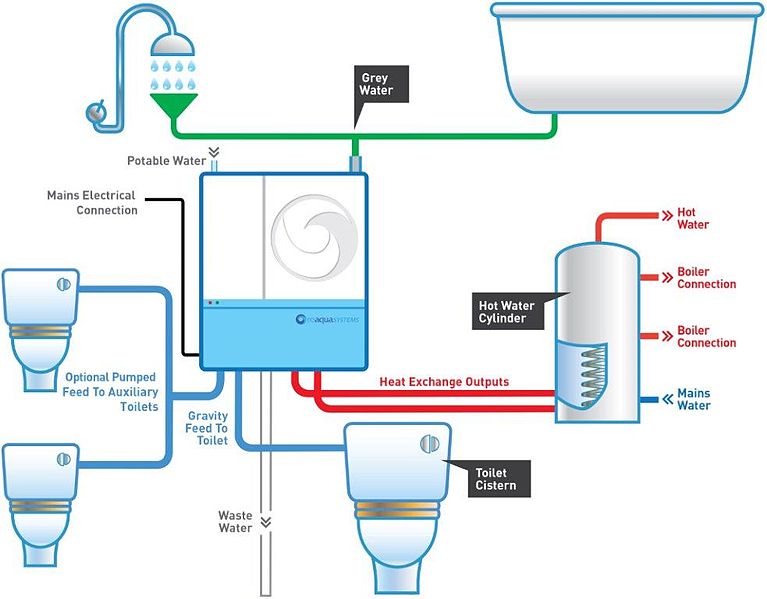Nature's Unifying Patterns
Detailed descriptions and examplesNature uses only the energy it needs and relies on freely available energy.
Energy is an expensive resource for all organisms; the risk of using excess energy is death or the failure to reproduce. Therefore, they use it sparingly, tailoring their needs to the limited amount of energy available. While no energy is “free,” because all energy requires expenditure of energy to obtain it, nature’s sources for energy are freely available because they are renewable, are found locally, and don’t need to be mined. Freely available energy includes sources such as electrons from sunlight used by plants for photosynthesis, rising air currents, wind, dissolved minerals from deep sea vents, decomposing organic materials, and nutrients from plants and animals that organisms feed upon.
Two major energy expenditures for organisms are obtaining the energy (e.g., through photosynthesis or finding and capturing food) and growing materials that make up their bodies and homes. Organisms use low-energy processes to reduce the amount of energy they need. Those processes usually involve self-assembly, building from the bottom-up (small elements to large), using modular or nested structures, building at ambient temperatures and pressures, and making use of multi-functional design.
Biology Examples
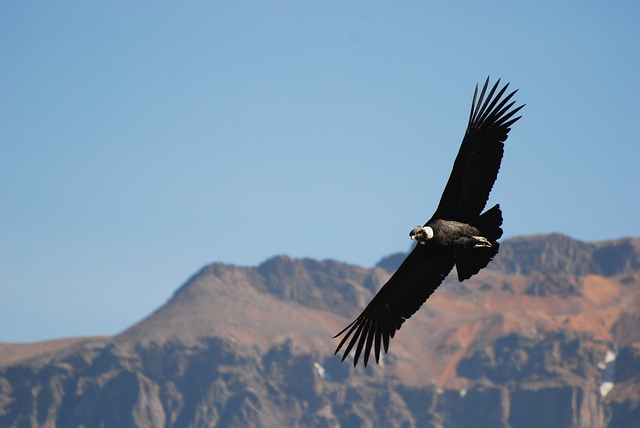
Condor
Condors are large, soaring birds that rely on rising warm currents of air in order to get aloft. Condors are huge, and it would take a tremendous amount of energy to propel themselves by flapping their wings. By riding thermals, they are able to glide all day looking for food. While gliding, condors use the same amount of energy they would if they were just resting on their nests.
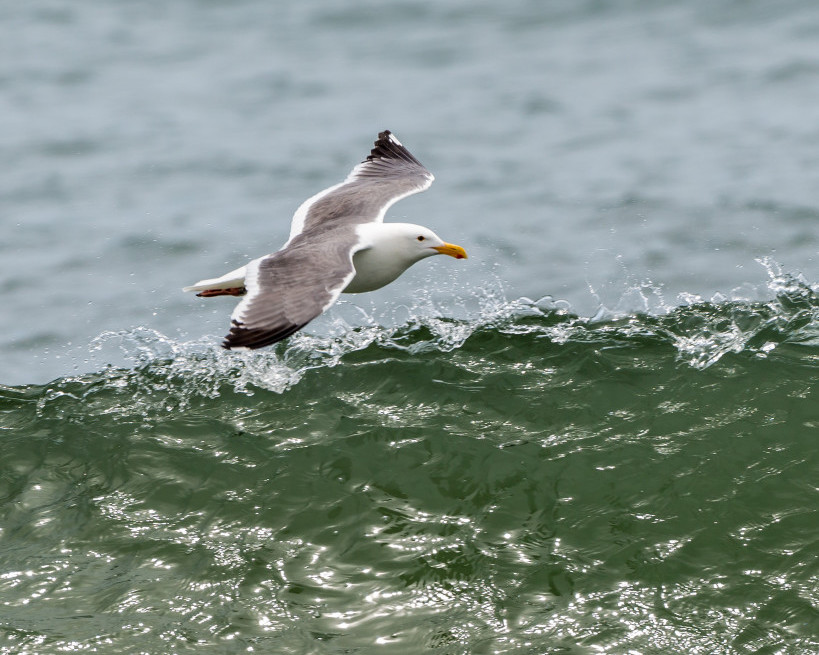
Seabirds
Seabirds are another group of birds that use freely available energy. There are no thermals or updrafts over large bodies of water, but seabirds take advantage of the air speed being slower near the water surface due to friction. They dynamically soar by repeatedly diving into the valleys of ocean waves and then wheeling back up into the air. They gain energy out of the gradient of the wind speed and can fly indefinitely by repeating this “wheeling” pattern.
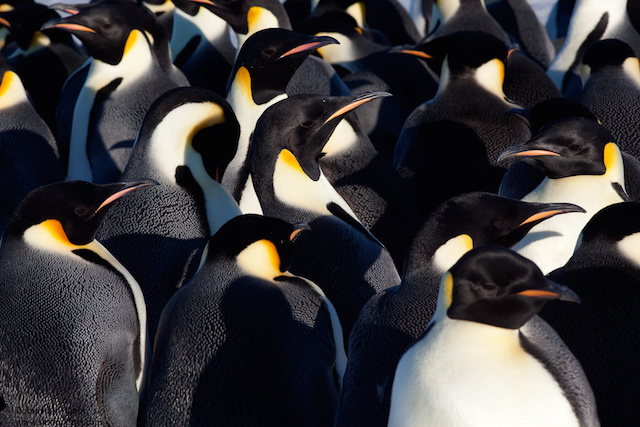
Emperor Penguin
Emperor penguins have many bodily structures that help them maintain body heat, such as special feathers that provide a lot of insulation. However, in their Antarctic home they need extra help staying warm, and they get that from each other by huddling together to maintain their body heat. Given this huddling arrangement, the outermost penguins in the huddle will inevitably get cold. Thus, they take turns entering the center so that everyone can have a chance to stay warm.
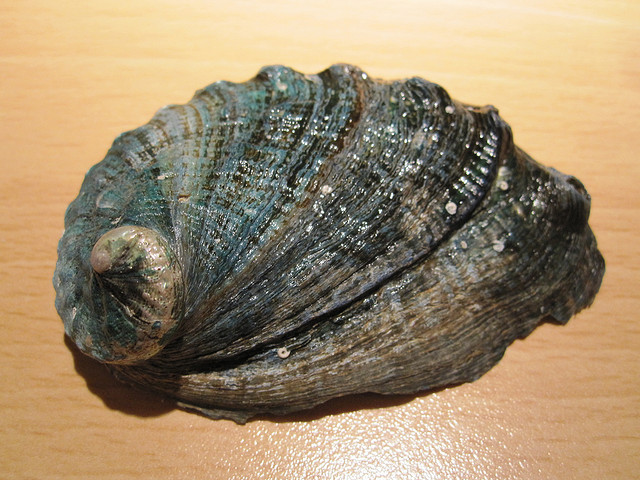
Abalone
The abalone’s shell is 200 times stronger than our toughest high-tech ceramics. While our ceramics are made using very high temperatures, high pressures, and materials mined from the ground, abalones construct their shells at seawater temperature and pressure, out of minerals pulled from the seawater.
Design Applications
Heat recovery systems
Heating living spaces is a major source of energy usage in some climates. A lot of energy also goes into heating water for showers. To address this inefficiency, some manufacturers have devised water systems that capture heat that would otherwise be wasted. A heat recovery pipe takes used, outgoing hot water and runs it next to incoming water to reduce the amount of energy needed to heat the fresh water. This kind of counter-current heat exchange also is found in HVAC systems (heating, ventilation, and air conditioning systems).
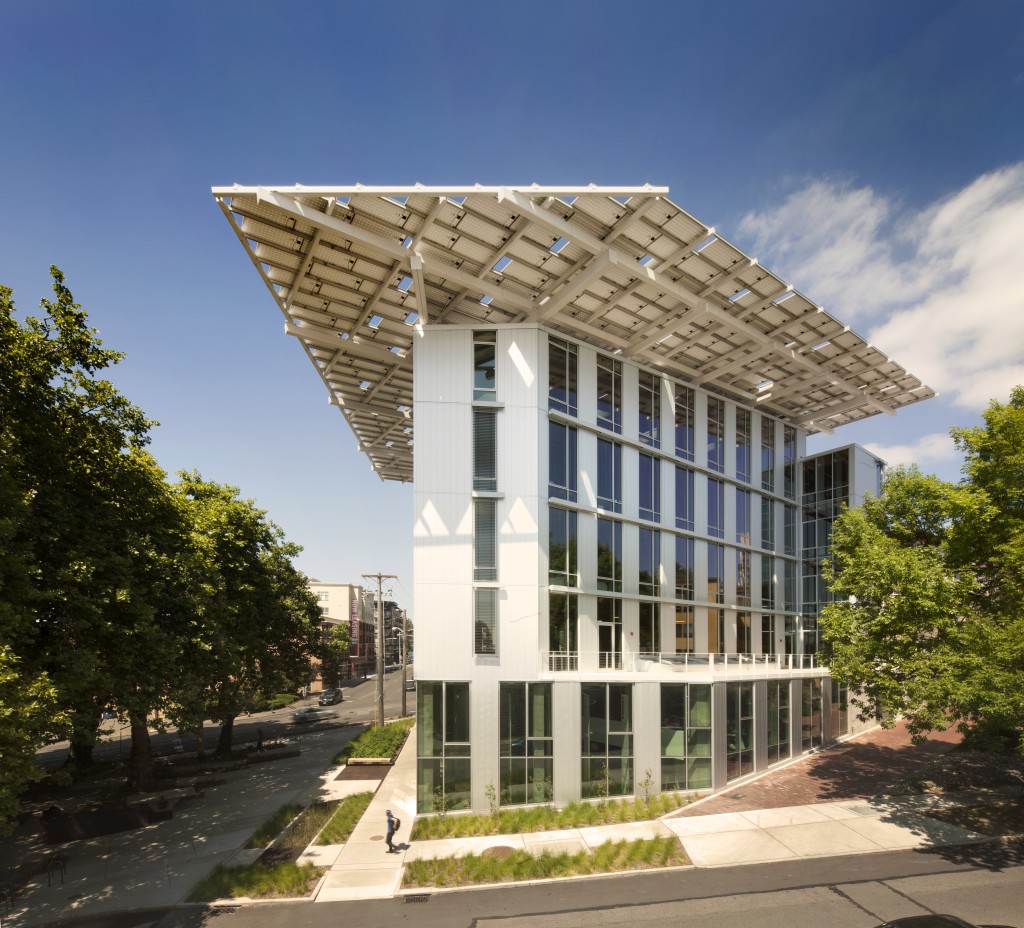
Bullitt Center
The recently completed Bullitt Center in Seattle, WA, USA sets high standards for use of low energy processes. It offers no parking to tenants, but rather is centrally located and provides a communal bike room, thus encouraging low-energy commuting. Its sole elevator is positioned in a remote corner of the building, while a majestic central staircase encourages foot transport from floor to floor. Its glass walls optimize natural light in the building, even in rainy Seattle. Its timbers and other materials are locally sourced. Solar panels provide energy, the use of which is closely and responsibly monitored.
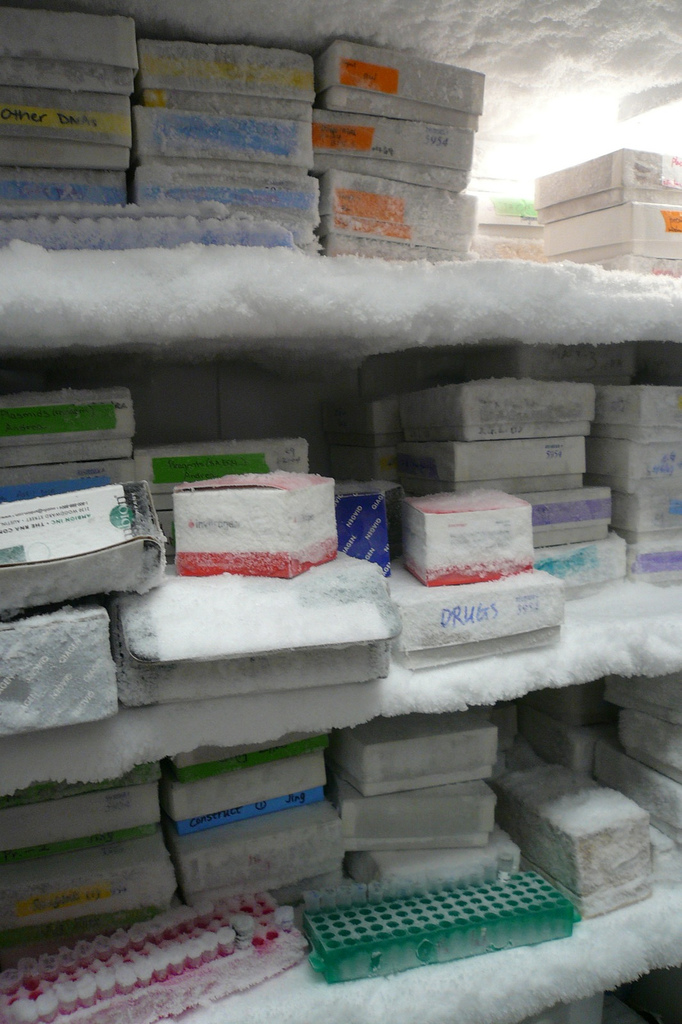
Traditional, energy guzzling, lab freezers (like the one above) could be made obsolete by BioMatrica® SampleMatrix.
Biomatrica® SampleMatrix technology
Biomatrica® SampleMatrix technology
Currently, the cost of refrigeration in science labs worldwide comes to $30 billion. If living samples could be stabilized at room temperature, the energy savings would be huge. Biomatrica® has made that possible, developing SampleMatrix® to stabilize and protect biological materials at room temperature without degradation. The SampleMatrix technology was designed by emulating the cryptobiotic state, which enables long-term survival of organisms in extremely dry environments. After researching the strategy used by brine shrimp, resurrection ferns (spikemoss family), tardigrades, and other organisms to survive in such a state, Biomatrica created a thermally stable, dissolvable glass that packages every single molecule present in a sample. Rather than using the trehalose molecule found in those organisms, they created a synthetic molecule that performs the same function. This technology enables researchers to stabilize biological samples for long periods of time and allows for complete and rapid sample recovery.
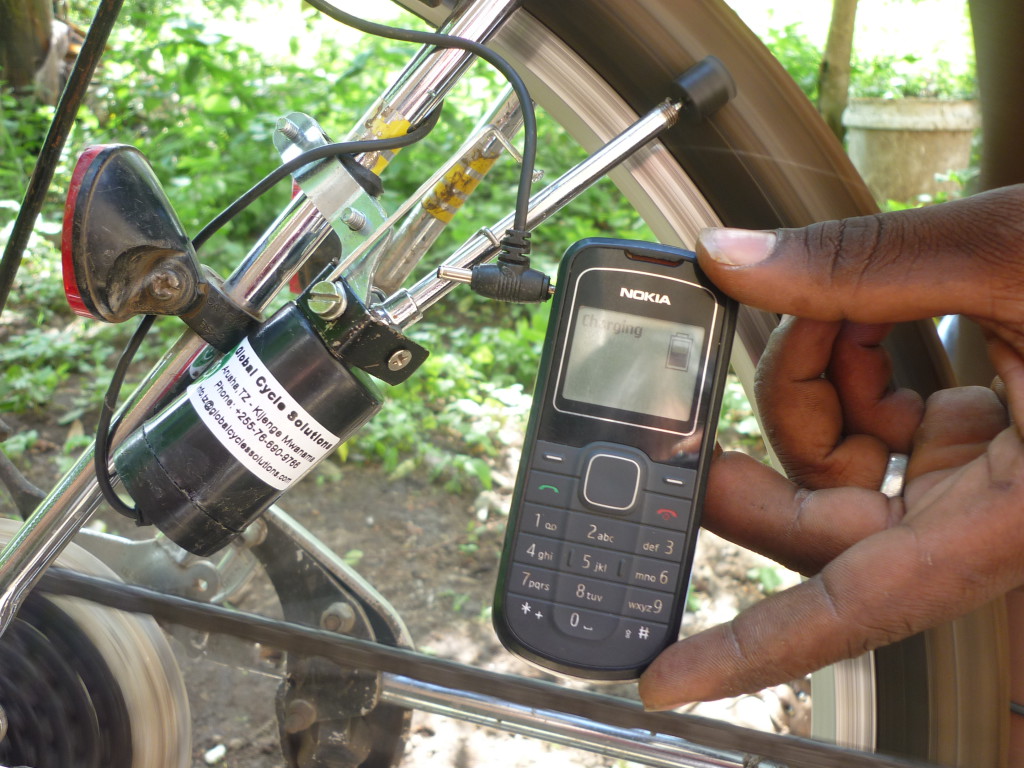
Bicycle phone charger
In some emerging economies, the majority of people live in homes without electricity, yet many also own cell phones. To charge their phones, people often have to travel long distances to charging stations. The bicycle phone charger, designed in Tanzania by Bernard Kiwia of Global Cycle Solutions (GCS), piggy-backs on the popularity of bicycles for travel in these regions and enables users to charge their phones on the fly by tapping into the free energy produced by the spinning bike wheels. Designed to utilize scrap bike and radio parts, the device relies on materials that are readily available in Tanzania and keeps “waste” out of the landfill.
Image Credits
Condor: Sam Fowler CC-BY-NC-ND via Flickr
Gull: Byron Chin CC-BY-NC-SA via Flickr
Penguins: Storm Petrel CC-BY-NC
Abalone: Alfred Lui CC-BY-SA via Flickr
Heat recovery system: Wipeout 997 CC-BY-SA via Wikimedia
Bullitt Center: (c)Nic Lehouse, used with permission
Lab freezer: leighhadactyl via Flickr: CC BY-NC-SA
Bicycle phone charger: via Global Cycle Solutions



